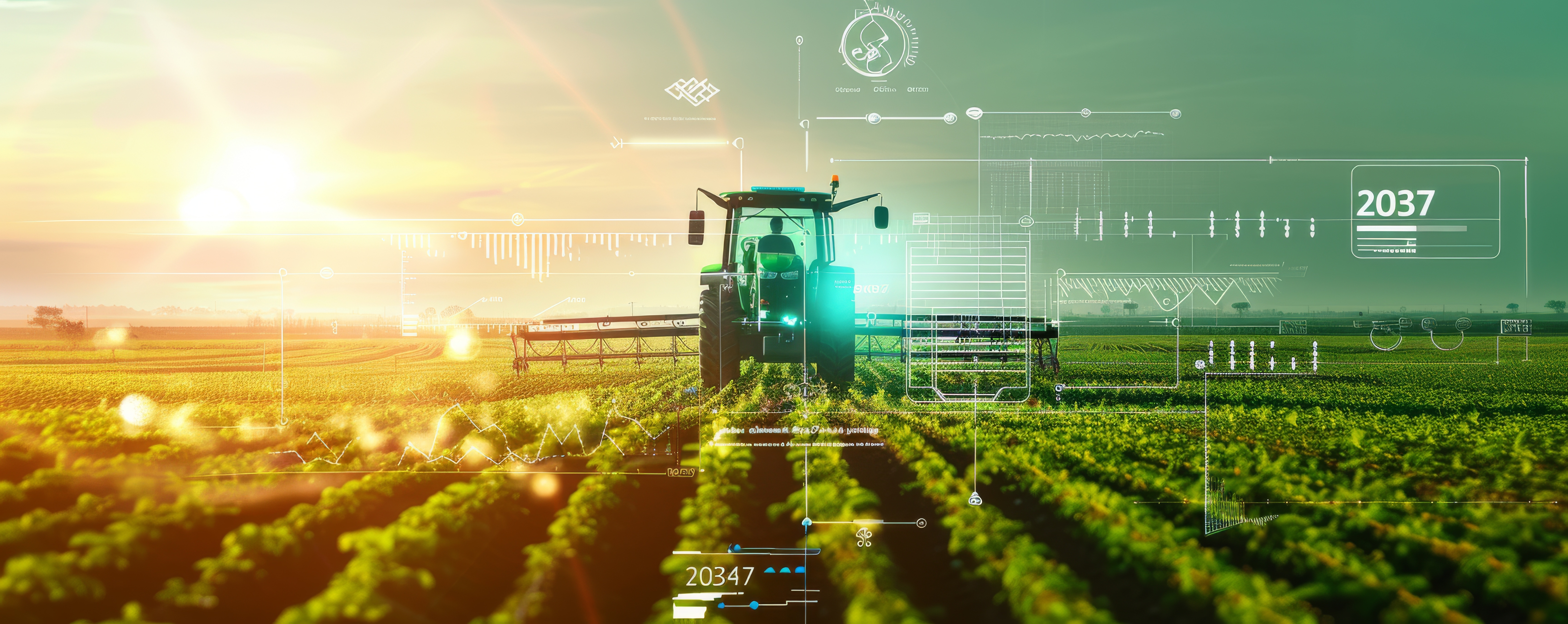Digital agriculture is experiencing unprecedented growth. In this new article, we analyze where we stand and how digital agriculture is utilized in Italy, examining its prospects and limitations.
The wave of Agriculture 4.0 is reaching all corners of the industry, from traditional farms to those embracing digitalisation and maximising the potential of new technologies and tools. This essential shift hinges on data (and its effective management) as the key to unlocking added value and opening the door to a digital future for agriculture.
Where do we stand in Italy regarding the market for digital technologies in agriculture? According to official reports from relevant authorities and some academic studies, Agriculture 4.0 in Italy experienced a remarkable 31% growth in 2022, confirming the positive trend of recent years. Even in 2021, Agriculture 4.0 generated around 1.6 billion euros in revenue, a 23% increase compared to the previous year. This growth continued with revenue exceeding 2 billion euros. This increase is undoubtedly driven by expanding cultivated areas supported by technological innovations (6% in 2021, 8% in 2022) and the growing number of farms adopting Agriculture 4.0 solutions. The percentage of farmers using at least one Agriculture 4.0 tool has increased by 4 percentage points from 2020 to 2021.
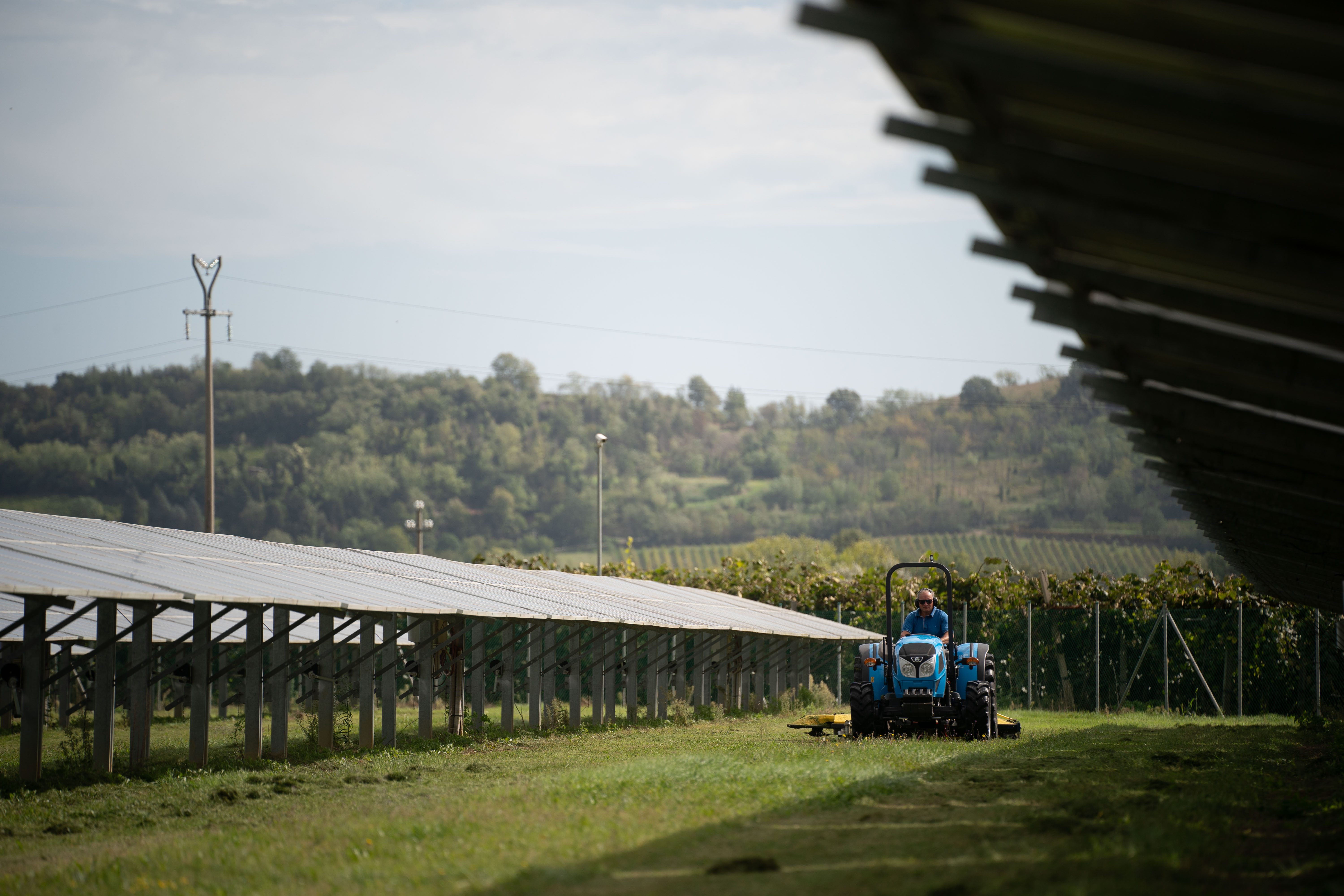
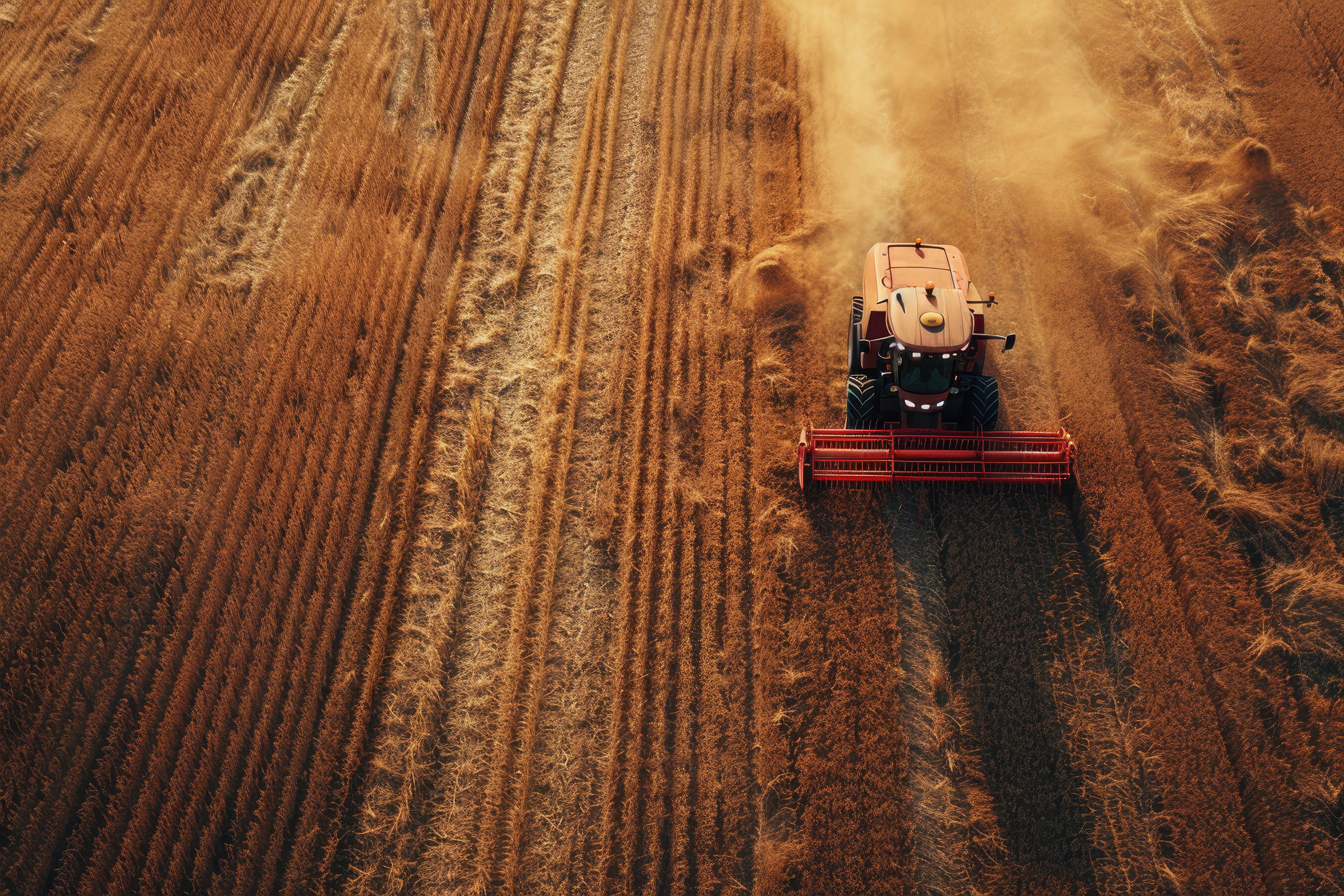
What are the most widely used tools and technologies in Italian agriculture? Surveys reveal that management software reigns supreme, employed by 40% of farms. This is followed by monitoring and control systems for machinery, agricultural equipment, land, and crops (37%), and soil mapping systems utilising satellite technologies (28%) and precision irrigation.
Traceability has emerged as a critical element not just for production, logistics, and quality control but also for agricultural businesses and consumers. Recognising this, 88% of agricultural companies have decided to invest in innovations that enhance product traceability, increasing consumer value.
A notable trend in agri-food is the growing adoption of Blockchain & Distributed Ledger technologies. This technology is primarily utilised to capitalise on commercial opportunities through marketing and enhance supply chain efficiency. Nearly half of the initiated projects aim to collect data along the supply chain to ensure product traceability and improve supply chain efficiency.
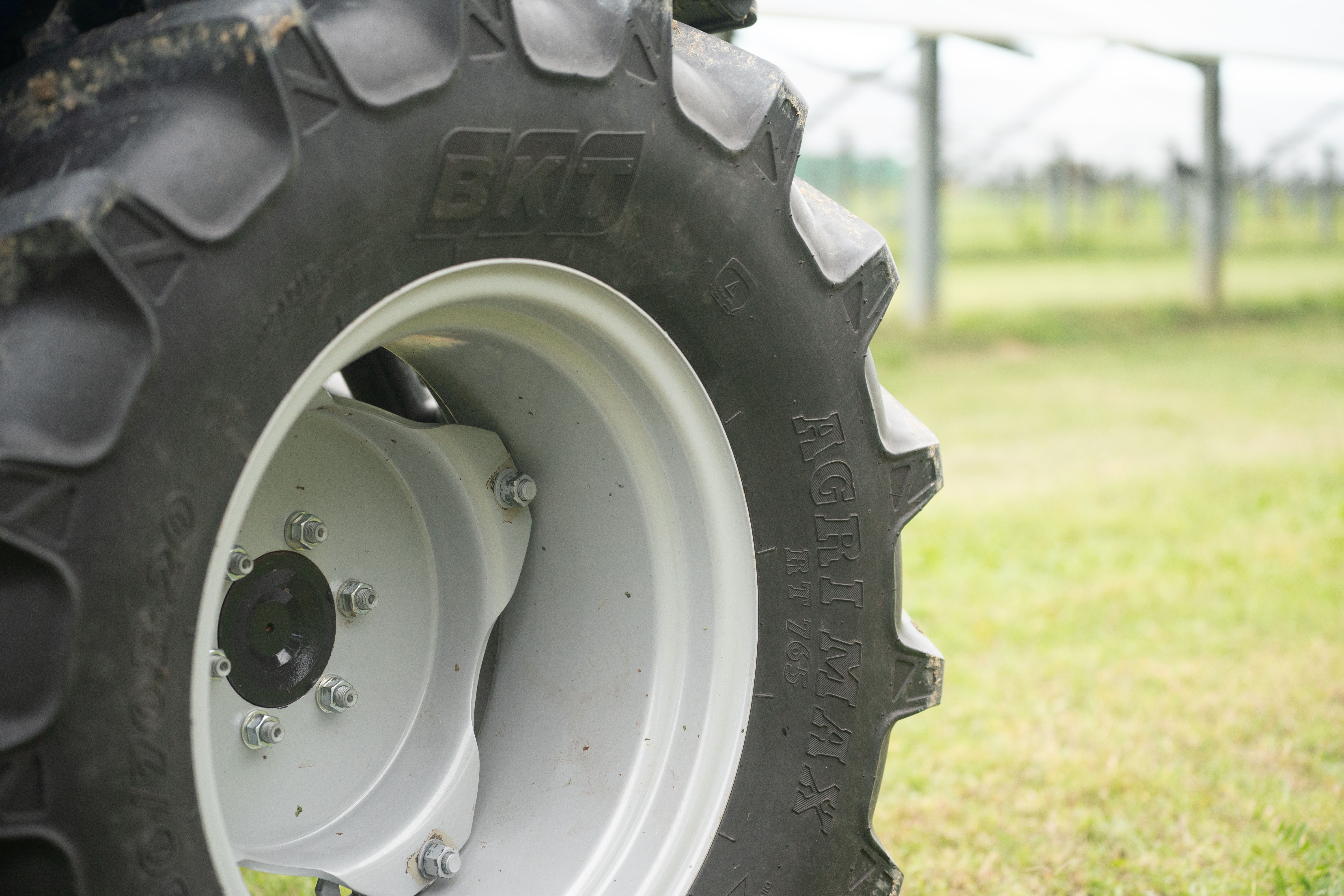
Where do farmers get their information on Agriculture 4.0? Agricultural organisations rank first, followed by agricultural media such as specialised magazines and websites, forums, fairs, and technical equipment producers. Conversely, they need more information from contractors, which indicates the structure of the Italian aeromechanical entrepreneurship.
Companies using 4.0 systems report benefits primarily in reduced consumption of technical inputs used for cultivation and water usage. They also note improved soil quality, both in maintaining a good level of organic matter and in the physical-structural characteristics of the field. Additionally, there is less water pollution and more excellent workplace safety. Overall, there is an increase in yields alongside a reduction in costs.
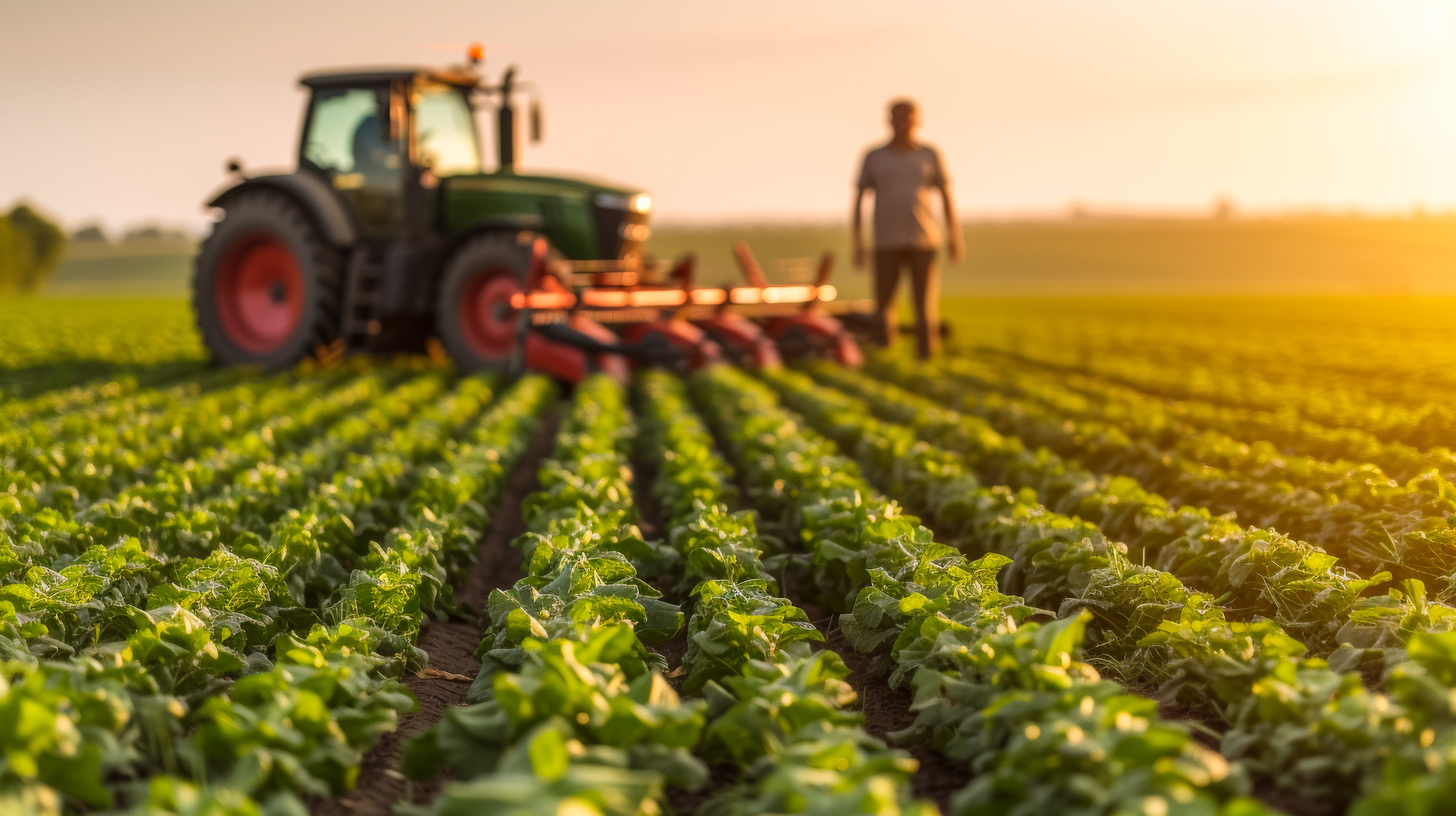
However, there are still challenges to overcome, chief among them being the lack of interoperability between various systems and the difficulty in communicating between technologies from different manufacturers.
Stay tuned to our blog to see how the sector evolves!
